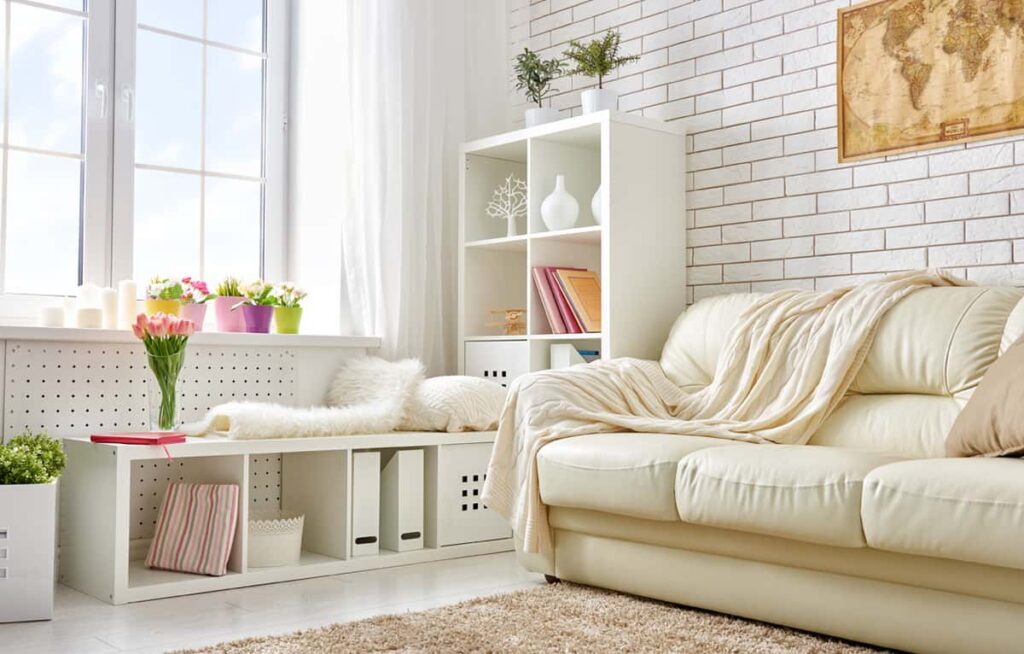Sofa and chair upholstery represents far more than mere furniture maintenance; it embodies a fundamental choice about how we value craftsmanship, sustainability, and the stories our possessions tell about who we are. In a world increasingly dominated by disposable culture, the decision to restore rather than replace reflects deeper questions about consumption, community, and our responsibility to future generations.
The craft itself speaks to something profound about human ingenuity. Local artisans describe their work with reverence: “Re-upholstery is a traditional craft that preserves the sentimental value of vintage furniture, even in fast-paced Singapore.” This preservation extends beyond mere sentiment; it represents a rejection of the throwaway mentality that pervades modern society.
The Economics of Restoration: More Than Numbers
Understanding the financial landscape of furniture restoration reveals complex dynamics that affect working families across Singapore. The cost spectrum ranges dramatically, from $25 for a single dining chair to $150 for more intricate pieces, with fabric costs typically averaging $40 per yard. These figures, however, tell only part of the story.
For many households, particularly those facing economic pressures, the choice between restoration and replacement carries weight beyond simple mathematics. A family investing in reupholstery demonstrates faith in the future, believing their furniture deserves preservation. This stands in stark contrast to a society that often encourages immediate gratification through constant consumption.
The hidden costs of replacement extend beyond the showroom price. New furniture production demands significant environmental resources, whilst disposal of old pieces contributes to mounting waste streams. When craftspeople with over 30 years of experience restore a beloved armchair, they’re participating in a circular economy that challenges linear consumption patterns.
Social Implications of Craft Preservation
The decline of traditional trades represents more than economic shift; it signifies cultural erosion. Singapore’s remaining upholstery workshops employ master craftspeople whose skills represent decades of accumulated knowledge. These artisans understand material behaviour, structural integrity, and aesthetic harmony in ways that machine production cannot replicate.
Yet these craftspeople face systemic challenges. Younger generations often pursue different career paths, viewing traditional trades as outdated. Property costs force workshops into increasingly marginal locations. The result threatens not merely individual livelihoods but entire knowledge systems developed over generations.
Environmental Justice and Consumer Choices
The environmental implications of furniture consumption reveal patterns of environmental injustice often overlooked in mainstream discussions. Manufacturing new furniture typically occurs in developing regions where environmental regulations may be weaker and worker protections minimal. The true cost of cheap replacement furniture is externalised to communities with limited political power.
Choosing sofa and chair restoration over replacement becomes an act of environmental solidarity. Every reupholstered piece represents:
- Reduced manufacturing demand: Lessening pressure on resource extraction and production
- Waste stream reduction: Preventing furniture from entering already overburdened disposal systems
- Carbon footprint minimisation: Avoiding transportation emissions associated with new furniture shipping
- Local economy support: Directing spending toward neighbourhood craftspeople rather than distant corporations
Technical Considerations for Singapore’s Climate
Singapore’s tropical environment creates specific challenges that influence fabric selection and restoration approaches. High humidity levels affect material behaviour, whilst consistent temperatures impact comfort requirements. Local experts emphasise: “Since we use chairs and sofas frequently, it is crucial that the fabric chosen is robust and resilient enough to endure the weight and constant usage.”
Natural materials like cotton and linen offer breathability essential in tropical climates, though they require careful maintenance. Synthetic blends provide durability and stain resistance particularly valuable for families with children. The choice involves balancing comfort, practicality, and aesthetic preferences within environmental constraints unique to the region.
The Human Stories Behind Restoration
Every piece of furniture carries history. The dining chairs where families gather for meals, the reading chair where children learned to love books, the sofa that witnessed countless conversations and celebrations. Professional restoration acknowledges these stories, treating each piece as worthy of preservation rather than disposal.
Customer testimonials reveal the emotional significance of this work: “Thank you so much for breathing new life into our well loved dining chairs.” Such responses highlight how restoration transcends mere repair, becoming an act of respect for memory and continuity.
Quality Assessment and Decision Making
Determining whether furniture merits restoration requires honest evaluation of both structural integrity and personal attachment. Look for signs of quality construction: solid wood frames, traditional joinery, substantial weight indicating quality materials. Test for stability, checking for wobbling or structural weakness that might compromise safety.
Consider the piece’s role in your life. Furniture with sentimental value often justifies restoration costs that pure economics might not support. Family heirlooms, gifts from loved ones, or pieces that perfectly suit your space may warrant investment regardless of replacement costs.
Professional Standards and Expectations
Quality restoration work should meet exacting standards that justify your investment. Examine completed projects for:
- Fabric pattern alignment: Stripes and patterns should match at seams
- Tension consistency: Fabric should feel firm without being drum-tight
- Finish quality: Edges should be clean with no visible staples or rough work
- Structural integrity: Restored pieces should feel solid and stable
Looking Forward: Sustainable Choices
The future of furniture consumption demands reconsideration of our relationship with possessions. Rather than viewing furniture as disposable commodities, we might embrace models that prioritise longevity, repairability, and community craft preservation.
Supporting local upholstery workshops contributes to economic resilience whilst maintaining valuable skills within our communities. These choices, multiplied across households, can influence market dynamics and cultural attitudes toward consumption and waste.Through thoughtful decisions about restoration versus replacement, we participate in broader conversations about sustainability, community support, and the kind of society we’re building for future generations. sofa and chair upholstery thus becomes not merely a household maintenance decision but an expression of values that extends far beyond our living rooms.











